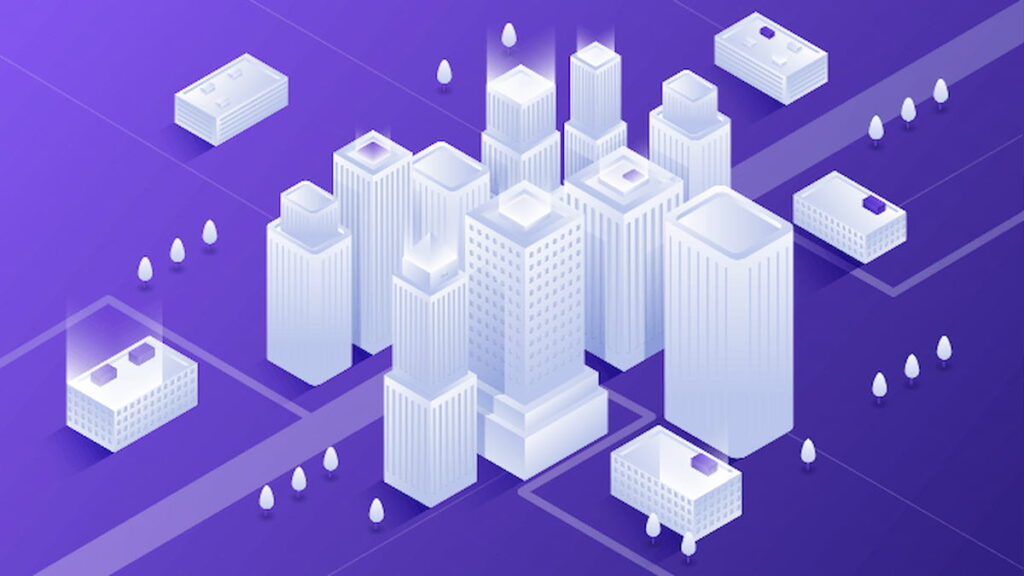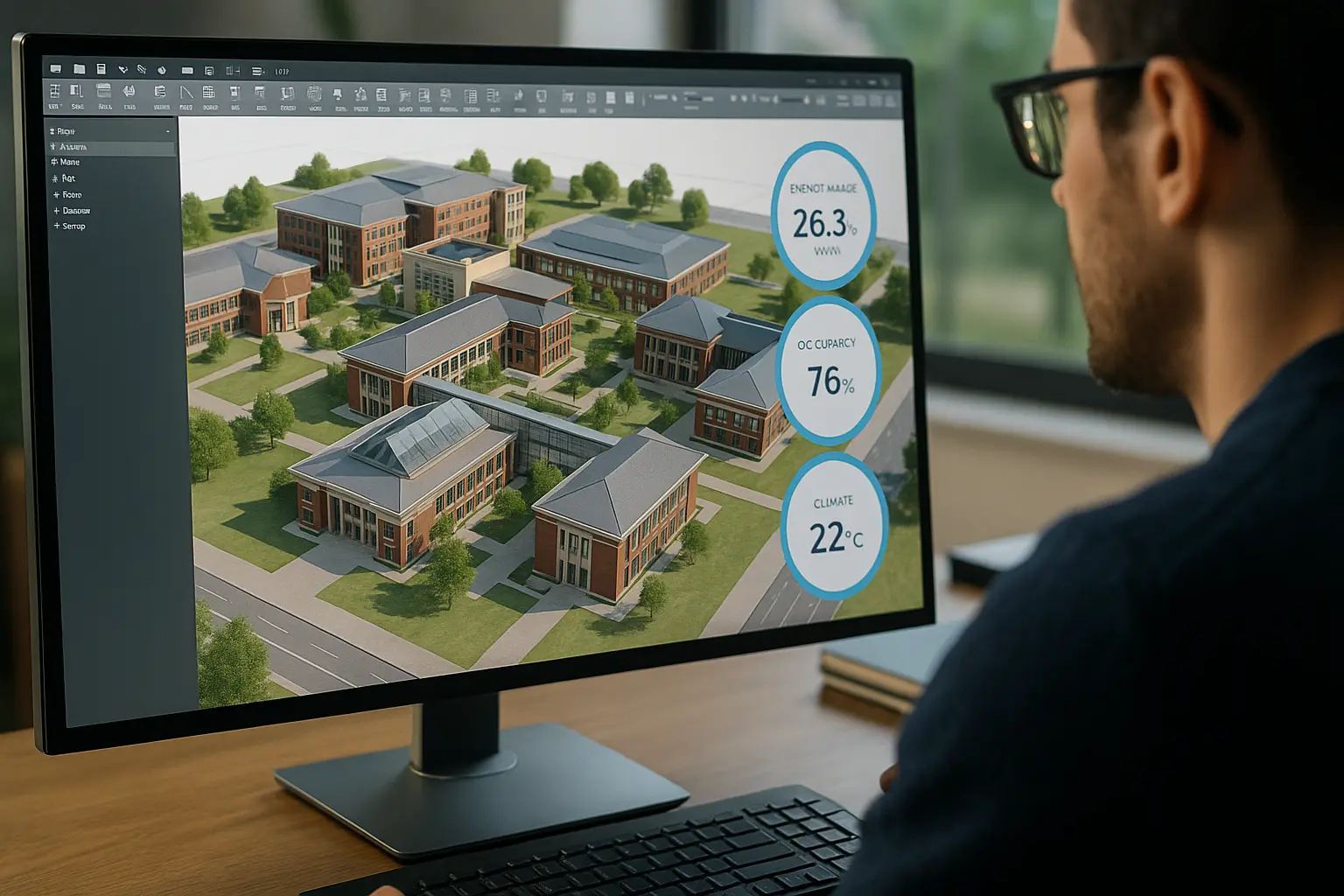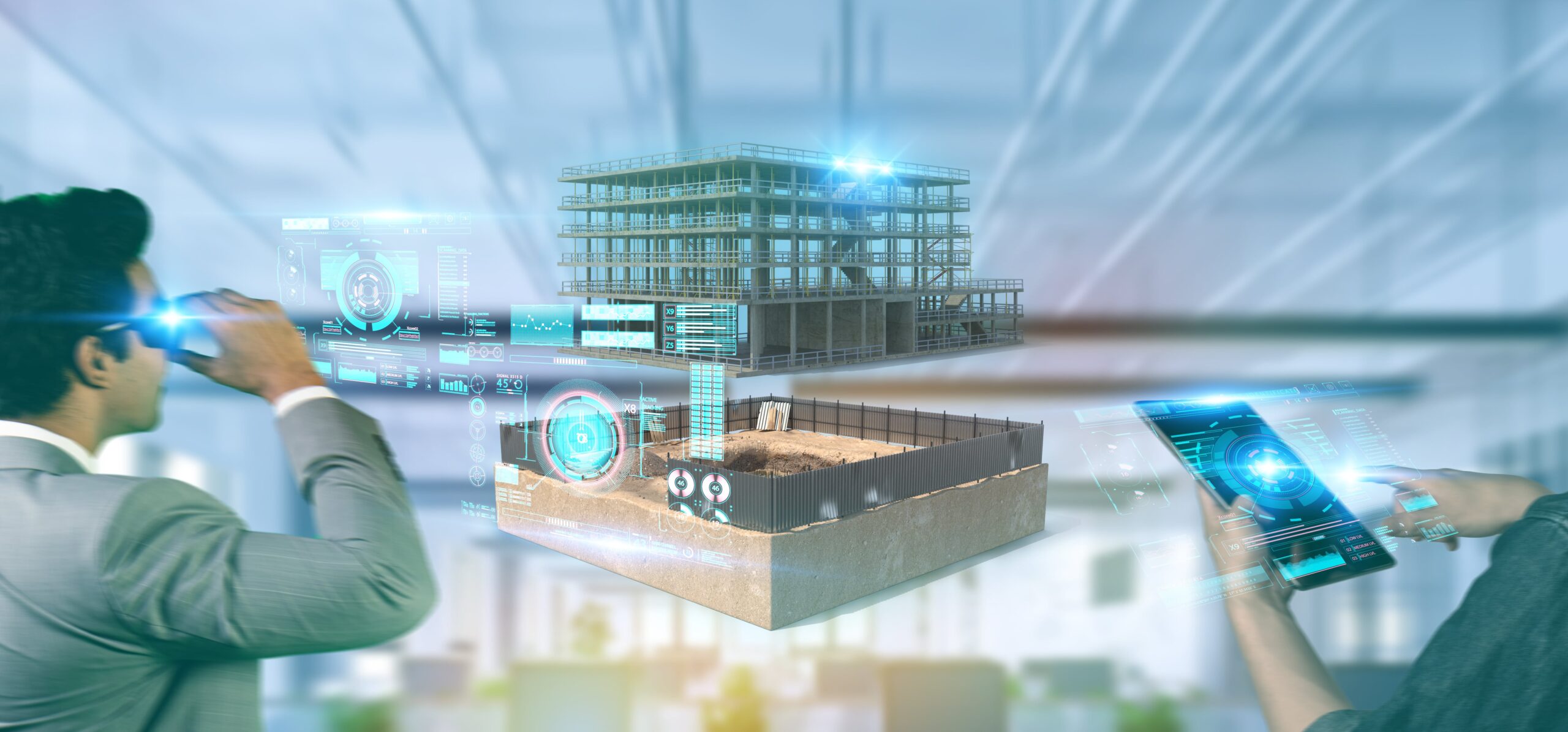Digital Twins and the Reduction of Carbon Footprint
In the pursuit of a sustainable and greener future, we find ourselves facing one of the most pressing challenges of our time: reducing carbon footprint and combating climate change. As the world grapples with the need for urgent and innovative solutions, one technology is emerging as a key element in the field of environmental sustainability:
Digital Twins
Digital Twins are virtual representations of objects, processes, or physical systems that mirror their real-world counterparts in real-time. This cutting-edge technology combines artificial intelligence, machine learning, and data analytics to simulate and analyze the behavior, performance, and efficiency of physical entities. This unique combination of the virtual and the physical enables businesses, industries, and governments to make informed decisions, optimize processes, and most importantly, minimize their carbon footprint.
Real-time information for sustainable decisions:
One of the most significant advantages of Digital Twins lies in their ability to provide real-time information on the environmental impact of various processes. Whether monitoring industrial operations, energy consumption, or transportation logistics, Digital Twins offer an overview of carbon emissions. With this information, organizations can identify inefficiencies and areas for improvement, leading to more sustainable practices.

Optimizing energy consumption:
Energy consumption is a major contributor to carbon emissions worldwide. Digital Twins play a vital role in optimizing energy usage by analyzing patterns, predicting energy needs, and suggesting efficiency improvements. For example, in smart buildings, Digital Twins can regulate heating, cooling, and lighting systems to ensure optimal energy usage based on occupancy and environmental conditions, thus reducing waste and emissions.
Revolutionizing transportation:
The transportation sector is another significant source of carbon emissions. Digital Twins are transforming how we approach transportation by enabling the development of smarter and more eco-friendly solutions. For instance, in the automotive industry, Digital Twins facilitate the design and testing of electric and hybrid vehicles, improving their energy efficiency and reducing their environmental impact.
Improving industrial processes:
Industries often generate a considerable carbon footprint due to energy-intensive processes and inefficient operations. Digital Twins empower industries to identify bottlenecks, optimize processes, and implement sustainable practices. By simulating production environments, they allow for testing and optimizing different scenarios, leading to waste and emissions reduction.
Promoting a circular economy:
The concept of a circular economy, where resources are reused, recycled, or repurposed, is crucial for reducing carbon footprint. The Digital Twins enable organizations to model and analyze material flows, product lifecycles, and supply chains, facilitating the identification of opportunities for circularity. This approach not only minimizes waste but also reduces greenhouse gas emissions associated with resource extraction and production.

Fostering smart cities:
Digital Twins are essential for building and managing smart cities, critical for sustainable urban development. By integrating data from various urban systems such as transportation, energy, waste management, and infrastructure, Digital Twins help optimize resource allocation, reduce energy consumption, and improve overall city efficiency, leading to a significant reduction in carbon emissions.
Delve deeper into the topic of smart cities here:
As the world faces the urgent challenge of reducing carbon footprint, Digital Twins emerge as a powerful ally on our path towards environmental sustainability. Through real-time information, energy optimization, revolutionizing transportation, improving industrial processes, promoting a circular economy, and fostering smart cities, Digital Twins offer a holistic approach to addressing the carbon emissions crisis. Embracing this transformative technology can pave the way for a greener and more sustainable future, ensuring that we leave a better world for future generations.
JOIN THE NEW REALITY!



